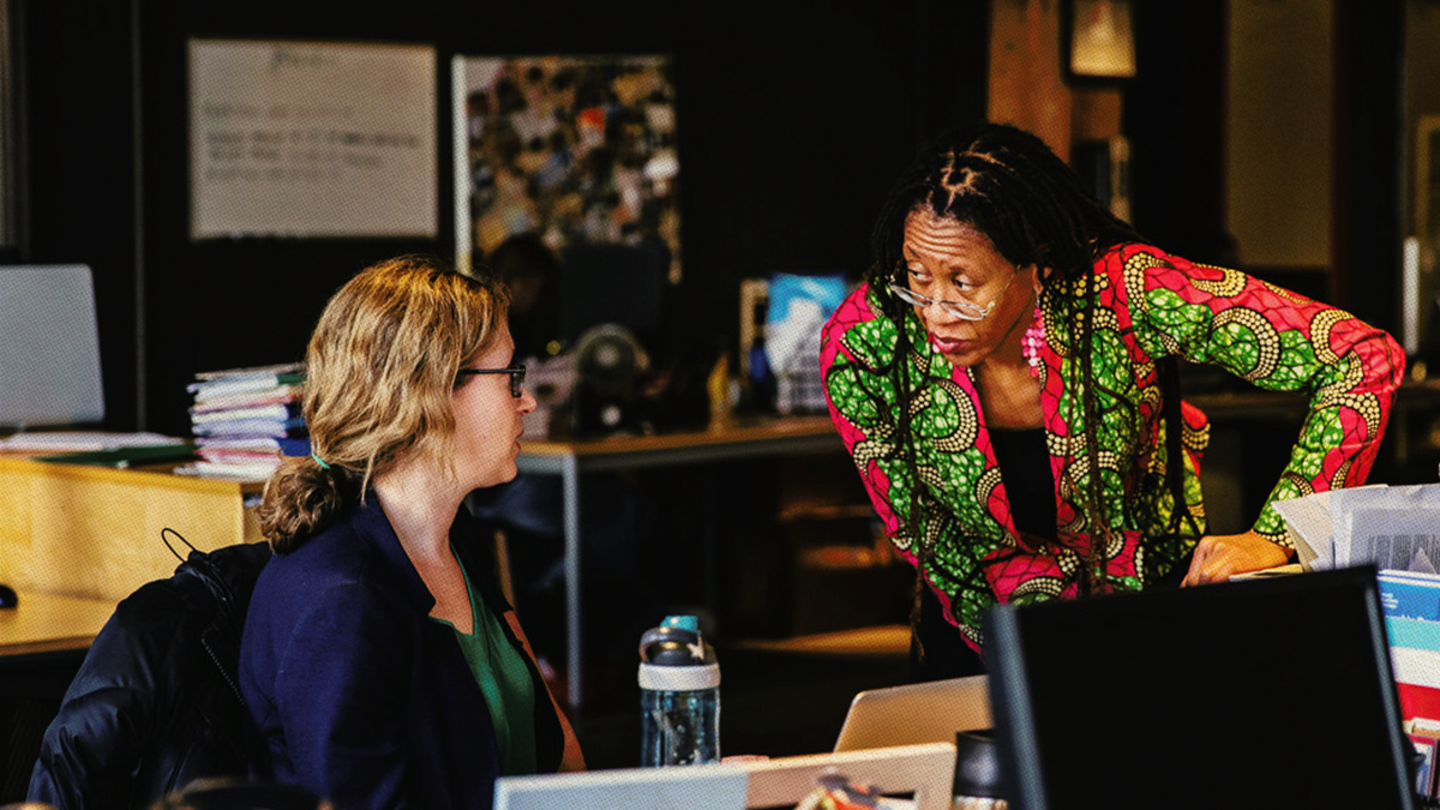Each year, countless Americans seek education to harness their unique skills and talents and to better their lives.
Many ask, “How do I do this?” Usually, they get the same answer: go to college and get a degree.
Millions of Americans followed that advice for decades, partly because our top-down postsecondary education system sells the traditional college degree as the only pathway to fulfilling employment. While this path surely works for many, it doesn’t work for all.
Our “college-only mentality” has left much to be desired. It has limited the education options available to students,; stranded them with mounting (often unpayable) student debt, and left workers who don’t have degrees without the chance to get jobs in which people can succeed.
It is time to change this.
We can transform postsecondary education into a model that supports a student’s unique journey -not one designed around institutions- and we can do this by opening competition among college and alternative options, improving access to flexible financing options, and removing unnecessary credential requirements for jobs. In that way, students will acquire skills and aptitudes to pursue jobs that unleash their potential, employers will find the talent they need, and education providers will improve the quality of their programs.
Sign up for Stand Together's Rethinking Work & Learning newsletter to get the latest stories, ideas, and trends on the future of employment.
Rethinking postsecondary education in America
A new postsecondary education paradigm would benefit employers, learners, and educators by putting students front and center. By eliminating rigid, top-down approaches imposed on students, we can instead recognize that everyone has unique goals and take steps to help people reach those goals. This solution treats students with dignity and allows them to follow their own plan to realize their full potential. People know what’s best for themselves, it is time to trust them.
To do this, we must push for a bottom-up mindset in postsecondary education. We should expand the ecosystem of educational options, which would allow students to create their own unique pathway to success.
Here are three key ideas for a better approach to postsecondary education — one that can empower every learner to realize their potential.
A way to tackle the cost of postsecondary education: flexible financing
Today, students face steep financial challenges when pursuing their postsecondary education. Many are encouraged to take on thousands of dollars in debt to get a college degree, even if this is not the best match for them.
Federal student aid — Pell Grants and student loans — partly fuel this problem as they can only fund educational programs in accredited institutions, which often leaves nontraditional educational opportunities out of reach for many students. Meanwhile, the cost of traditional college has skyrocketed over the last few decades.
As the need for a skilled workforce rises, students will need financial options to pursue programs at both traditional and non-traditional institutions. We need to provide Americans with a wide array of financial options to fund education in a way that best suits people’s needs.
These options include education savings plans, skills savings accounts, income share agreements, and outcomes-based loans to fund students’ education. The federal Pell Grant should also be available for college alternatives and short-term credential programs, but not limited to offerings from only accredited college and universities.
By giving students more choices to finance their future, we will reduce the financial barriers to accessing an expanded array of postsecondary education options.
Support nontraditional alternatives to postsecondary education
By opening the postsecondary education marketplace to new models that better meet people’s needs, we give students more choice over how to pursue their education. The result: Traditional colleges will coexist with innovative programs, creating a vast ecosystem of educational opportunities for all students.
Supporting programs such as competency-based or skills-based education systems (which focus on mastery of concepts rather than hours spent in class), apprenticeships, and alternative credentials will expand the options for learners.
Competition in the postsecondary education landscape will benefit not only students but will also foster innovation in traditional and non-traditional programs.
Stop degree inflation by improving employment hiring practices
Too many job postings have unnecessary college degree requirements that shut out large swaths of the workforce. At least 70 million talented workers without a college degree have gained valuable skills through alternative routes (also known as STARs). Yet, many of them can’t find a job and fulfill their potential because of unnecessary degree requirements.
Educational alternatives for workers without college degrees, such as skill certification programs or short-term credentials (like those of Merit America or Per Scholas) could fill the gap and equip people to pursue meaningful work.
However, not all employers hire based on people’s skills and aptitudes. Many still hire based on college degree programs, seeing them as the least risky choice.
This paradigm hurts both employers and prospective employees, as the former cannot tap the talent in the workforce, and the latter cannot access a good job opportunity.
We should address both sides of the equation: the supply and the demand.
Increasing learners’ access to non-traditional educational pathways (such as certifications and apprenticeships) and removing unnecessary degree requirements from job listings are steps in the right direction, as they would signal all employers and prospective employees that college degrees are no longer the only certification in town.
Changing the postsecondary education system will unlock our workforce’s enormous potential while unlocking opportunities for millions of Americans to find their purpose.
Learn more about how Stand Together partners are transforming education and explore ways you can partner with us.

Here’s how to bridge the disconnect between employers and employees.

Lessons learned from Colorado.

Could a program built to develop music talent change the way we think about education?

How to help the talent of today fill the jobs of tomorrow.
